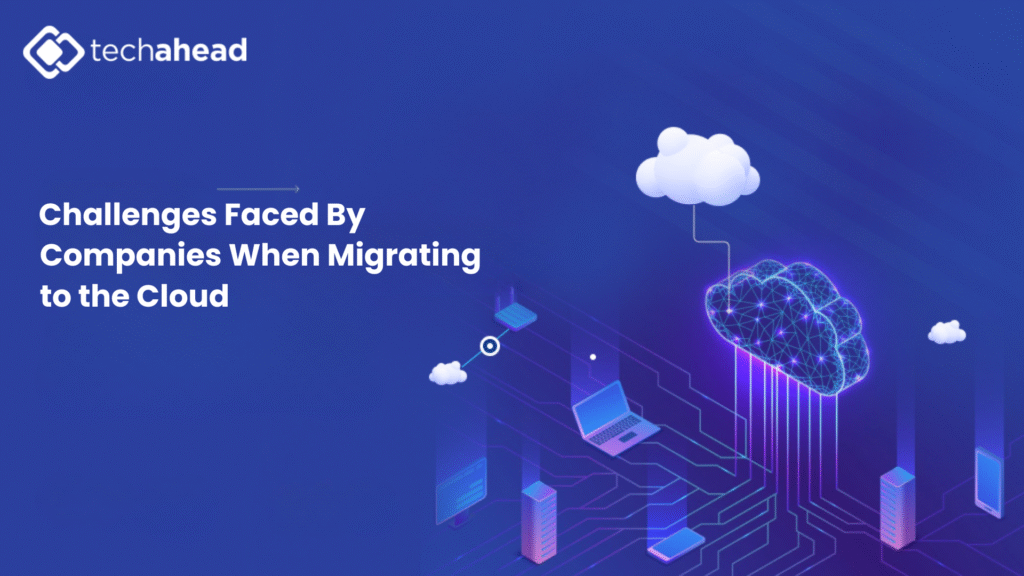
The cloud has brought speed together with technical expertise to startups as well as international corporations. But the transfer of applications along with data and workloads to cloud environments presents more challenges than most people realize. Organizations need to make complex choices about their structural changes and their operational systems, and cultural transformations during the process of implementation. Mostly, organizations work with cloud services consulting experts to help them move their operations to the cloud because they face these technological challenges.
Data Security and Compliance Risks
The top concern about cloud migration is security and compliance.
- Legal Compliance: The organization needs to follow specific regulations. Failure to meet any of these regulation requirements in the migration process can cost huge fines and loss of reputation.
- Shared Responsibility Model: There is a common misconception that cloud providers deal with everything related to security. The fact of the matter is that providers offer protection on the infrastructure, but businesses safeguard applications, workloads, and data themselves.
- Risk of Hackers: It can create migration vulnerabilities because of business migration, and it can occur accidentally. Weakly protected storage buckets or loose access control can act as a point of entry to attackers.
As an example, misconfigured cloud storage caused several high-profile data breaches in recent years. This increases the significance of the need to encrypt, practice multi-factor authentication, and sound identity management strategies by whichever company is planning to switch to the cloud.
Downtime, Performance, and Integration Issues
Application migration to the cloud can be disruptive when not well planned. Any couple of minutes offline is drastic in businesses like online commerce or banking services when customers trust 24/7 access to services.
- Risks of downtime: Since the migration needs a poorly designed lift-and-shift, the process can interfere with critical systems and result in downtime.
- Integration of Legacy Systems: In most organizations, there are old legacy systems that were never designed to be compatible with the cloud. It may take major re-engineering to make these systems compatible with cloud-native solutions.
Consider a mid-sized retailer’s migration to the cloud: unless the process occurred in phases, the enterprise experienced a few days of low performance during the high season. The distortion hurt both the income and reputation of a brand, which could have been avoided with additional planning.
Cost Management and Skill Gaps
The other important myth regarding cloud migration is that it is cost-saving in itself. Although the cloud helps in getting rid of capital expenditure on physical infrastructure, it could still lead to some unpleasant operating expenses when not used wisely.
- Unforeseen Expenses: Data transfer fees and licensing expenses, and non-utilized instances generate financial shocks for companies when they begin cloud migration.
- Skill Gaps: Organizations require specific knowledge about cloud architecture and DevOps automation for their cloud migration process. Lots of organizations do not have expertise in-house, and this slows down migration and optimization processes.
According to a recent industry report, most firms mention lack of expertise as a significant obstacle to success in cloud adoption. Devoid of the appropriate talent, companies dangerously create ineffective systems that will counteract the rewards of cloud computing.
Cultural and Organizational Challenges
Over and above technical barriers, internal resistance can be a factor with cloud migration. The transition to cloud-native models of IT needs not only new tools but also new ways of thinking.
- Resistance to Change: Employees who are used to working in a certain way might not want to take up new systems.
- Cooperation Weaknesses: The implementation of a cloud can necessitate more direct interaction between IT, security, and business divisions, and this interaction may reveal silos in organizations.
- Training Requirement: The employees will require training on cloud-native tools, DevOps, and security measures, which will be expensive and time-consuming.
Cultural change should not be ignored, even when the migration strategy is technically sound; that is, even the best one will not be as effective as one hopes.
Best Practices to Overcome Migration Challenges
Although difficulties are unavoidable, they can be eased with appropriate strategies:
- Adopt an Engineered Process: Focus more on what is being applied and loaded rather than on everything moving simultaneously. This reduces the occurrence of downtime and enables learning to enhance the later stages.
- Make an Investment in Training and Upskilling: Development of cloud expertise within the organisation means keeping out-of-contract consultants at bay and ensuring long-term viability.
- Use Automation Tools: Programmes such as AWS Migration Hub or Azure Migrate are automated, minimise human error, and are more informative.
- Hybrid and Multi-Cloud Strategies: Hybrid has been adopted by some businesses that are not willing to commit to a complete migration. Hybrid style enables businesses to deploy critical workloads on-premise while other workloads are sent to the cloud.
Conclusion
Cloud migration is, and would continue to be, a transformative business experience, and it is supplemented by tangible barriers that include security and compliance risks, downtime, cost management, and cultural limitations.
However, these challenges can be tapped into growth and innovation with good planning, well-coordinated resources, and optimal best practices. Collaborating with a top enterprise app development company and other cloud experts offers the know-how that allows mapping cloud usage to the overall business objectives. Take the expert advice now and excel with confidence.